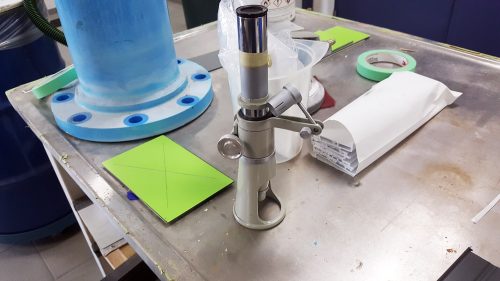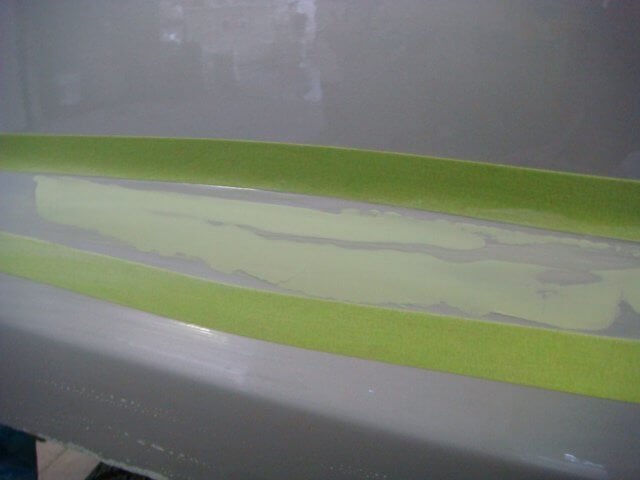Empowering Yourself With Technical Data Sheets
Product failures can be a frustrating and costly occurrence in any repair shop and most technicians have already created a blacklist of products that they will never use again. The unfortunate reality is that in the majority of these instances, the failure was because of something we did wrong and not the product itself. The only way to actually give a product a fair chance is by following the products technical data sheet (TDS). If you know where to find and how to use a TDS, you can stop most problems before they even have a chance to start.
Let’s take clear coat for example. In many cases all the technician really want’s to know is the mixing ratio and maybe if it’s a production clear or not (fast drying). It’s easy enough to remember those details if your rep passes it along but you won’t be fully informed on all of its properties. What you may not consider are things such as bake temperatures, tip size, and pot life. In many paint booths, the bake cycle has been set to one temperature and is rarely adjusted. Clearcoats, however, range both in recommended temperature and bake cycle time. The same is true regarding tip size, many technicians have been spraying for a long time with a 1.2 or 1.3 tip and make the mistake of assuming it will work with any clearcoat. If your TDS is recommending a 1.5 tip and your using a 1.2, the odds are you will not have a pleasant experience with that product. Unless you’re consulting your TDS entirely, you will run significantly higher risks of failures such as solvent pop, dieback, adhesion problems,etc.
Now, this isn’t something exclusive to clearcoat. You should be able to find a TDS for all of your primers, basecoat, axillary products, bonding adhesives, and body fillers. One of the first product failures I observed early in my career involved a flexible finishing putty bubbling from bumper repairs after a bake cycle. Our first thought was to simply not bake the bumpers anymore, however, I was relatively confident nobody would design a product that worked this way. After finally reading the products TDS I found printed in big bold letters “do not apply over urethane based adhesives”. From that point on we were certain to only apply it over an epoxy-based adhesive, but we could have saved ourselves a lot of trouble by reading the TDS beforehand and not after.
Another product failure I encountered occurred with a faster drying polyuroxy additive in an epoxy primer. A quick glance at the TDS gave me the mixing ratio and the series of hardeners to use, but I overlooked one important fact. It stated not to use a fast hardener with this additive and to use only the normal speed hardener. It almost sounds backwards but you can guess which one I picked and by the time I started spraying the product had turned to gel inside my paint gun. The additive reacted with the accelerator in the fast hardener and again showed the consequence of not following the TDS entirely.
A technical data sheet is a commonly overlooked piece of information that’s designed to make your life easier as a technician. Most of the time you are not provided them upon ordering and it’s important to know where to find them. Most manufacturers have them readily available on their website, a quick product search can often retrieve them in under a minute. If you’rer a little less tech savvy you can simply ask your jobber to provide them to you. Tracking down product information is a very simple and effective way to empower yourself as a technician, increase production, and to reduce those embarrassing repair complications.







